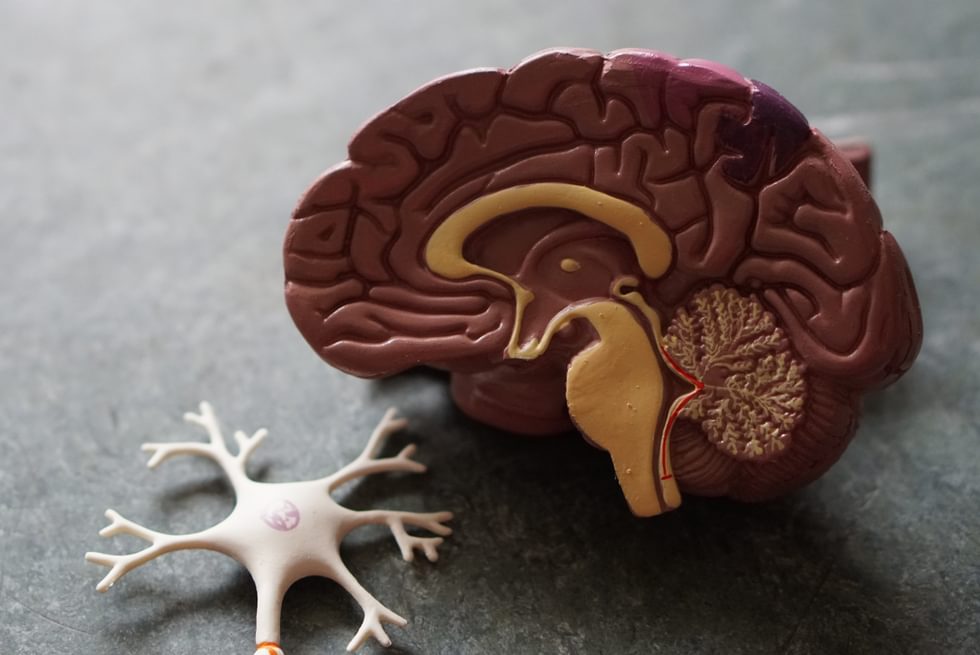
Omnipresent and versatile, hormones shape what it means to be human in fundamental ways. Hormones are often described as signaling molecules or chemical messengers within the body, which “regulate everything from hunger to reproduction.” In their industrially produced and medically prescribed form, hormones have also long been used to regulate and normalize bodies. This has received critical attention in current public debates around side effects of the contraceptive pill, growth hormones used for livestock breeding, or plastic bottles containing estrogenic chemicals.
Hormones or hormonelike substances are fascinating “material-semiotic” actors (Haraway 1997, 11). Endocrine-disrupting chemicals, for example, appear not only in human and nonhuman bodies but also in water, air, and consumer products. Blending bodies and their surroundings, they transgress organic boundaries with ease and literally reshape biologies (Landecker 2016; Murphy 2008). In the process, they also distort conceptual boundaries such as inside/outside, nature/culture, or sex/gender.
Bodies are not only consumers of manufactured chemicals but also chemical manufacturers themselves. Hormones materialize as organic compounds that may be harnessed and processed. This was the case in India between the 1960s and 1990s, when a European pharmaceutical company sourced urine of pregnant women as raw material for the production of hormonal pharmaceuticals that were later employed for infertility management all over the world (Bärnreuther n.d.). Through their industrial production and global circulation, hormones link distinct realms (such as medicine and political economy) and geographic spaces in sometimes surprising and often unequal ways.
Finally, doing justice to their etymological significance, hormones set in motion. Since the coinage of the term in 1905 (see Laveaga 2005), they have reconfigured biomedical thought styles (Gaudillière 2004), reformulated epistemic problems, and realigned scientific disciplines (Clarke 1998). Providing epistemic models and powerful metaphors, hormones may distort and transcend boundaries. As such, thinking through and with hormones has much to add to a discipline that sets out to trouble categories and impel thought.
The contributors to this Correspondences session discuss how hormones are articulated in specific relations and contexts. What are the unintended logics of hormone consumption? In what ways do access and exposure to hormones rely on and produce manifold layers of inequality? What relations of power enable hormones to leave their traces? And how do tracking devices give rise to new forms of intervention in everyday lives?
Acknowledgments
My sincere thanks to Christy Spackman, Purbasha Mazumdar, Tiana Hayden, Vijayanka Nair, the editorial team at Correspondences, and my colleagues at the University of Zurich for enriching discussions and helpful comments on earlier drafts.
References
Bärnreuther, Sandra. n.d. “Substantial Relations: Making Global Reproductive Medicine in Postcolonial India.” Manuscript in preparation.
Clarke, Adele E. 1998. Disciplining Reproduction: Modernity, American Life Sciences, and the Problems of Sex. Berkeley: University of California Press.
Gaudillière, Jean-Paul. 2004. “Genesis and Development of a Biomedical Object: Styles of Thought, Styles of Work and the History of the Sex Steroids.” Studies in History and Philosophy of Biological and Biomedical Sciences 35, no. 3: 525–43.
Haraway, Donna J. 1997. Modest_Witness@Second_Millennium.FemaleMan©_Meets_Onco Mouse™: Feminism and Technoscience. New York: Routledge.
Landecker, Hannah. 2016. “Antibiotic Resistance and the Biology of History.” Body and Society 22, no. 4: 19–52.
Laveaga, Gabriela Soto. 2005. “Uncommon Trajectories: Steroid Hormones, Mexican Peasants, and the Search for a Wild Yam.” Studies in History and Philosophy of Biological and Biomedical Sciences 36, no. 4: 743–60.
Murphy, Michelle. 2008. “Chemical Regimes of Living.” Environmental History 13, no. 4: 695–703.
Posts in This Series

Unintended Logics
At the age of nineteen, having recently moved to the United States with my family, I was prescribed the contraceptive pill for the first time. It was intended t... More

Hormone Disruption in Newfoundland
In her introduction to this conversation on hormones, Sandra Bärnreuther conceives of hormones as a set of social relations rather than as things in and of them... More

Endurance and Alterability
Etymologically speaking, hormones excite: appetites, metabolism, growth, circadian rhythms, heart rates, menstrual cycles, spermatogenesis, lactation, or libido... More

Titrating, Tinkering, and Tracking
Since the earliest days of endocrinology, hormones have been imagined as something to titrate and to tinker with; to measure and also to inject or swallow. The ... More